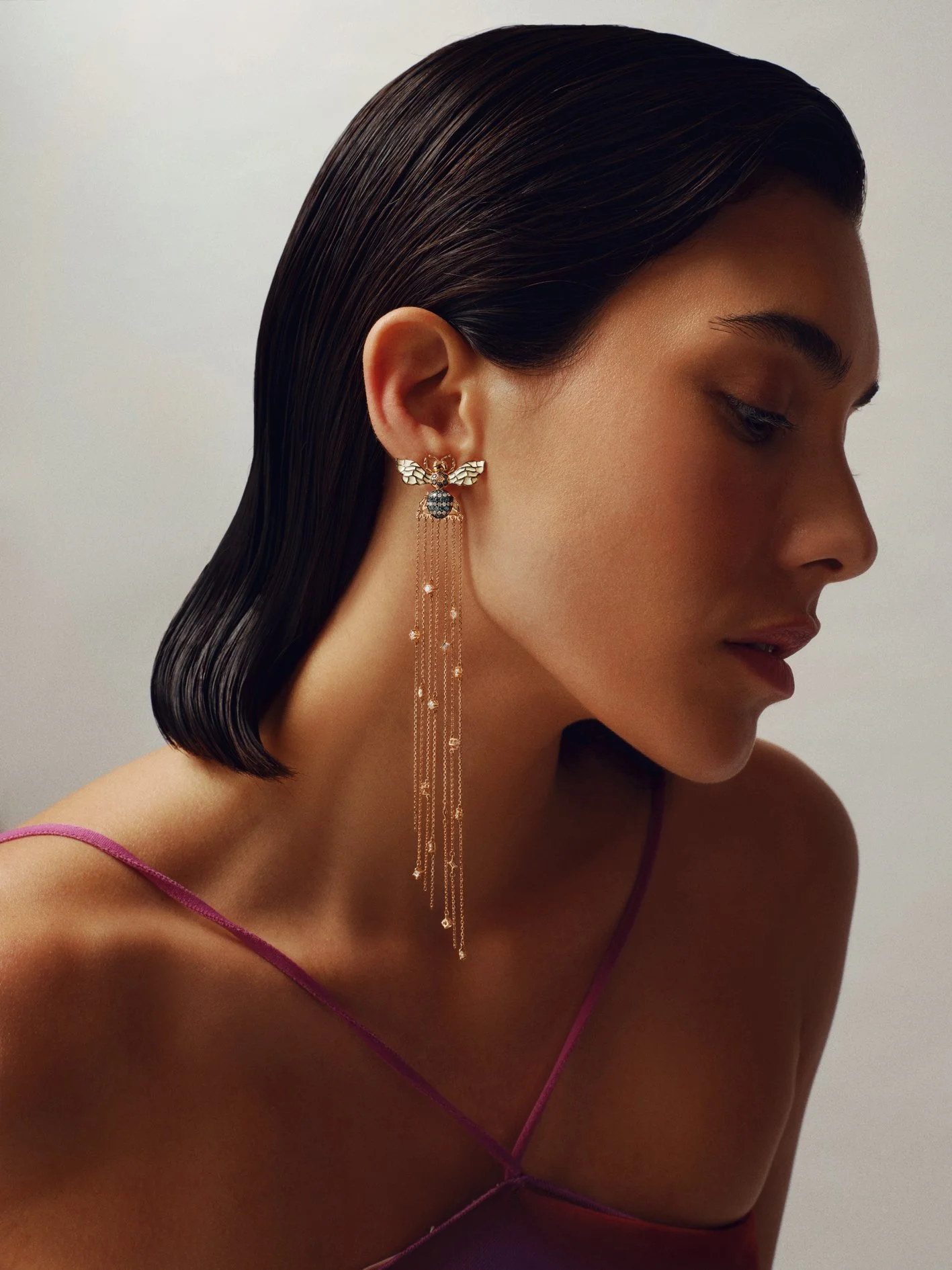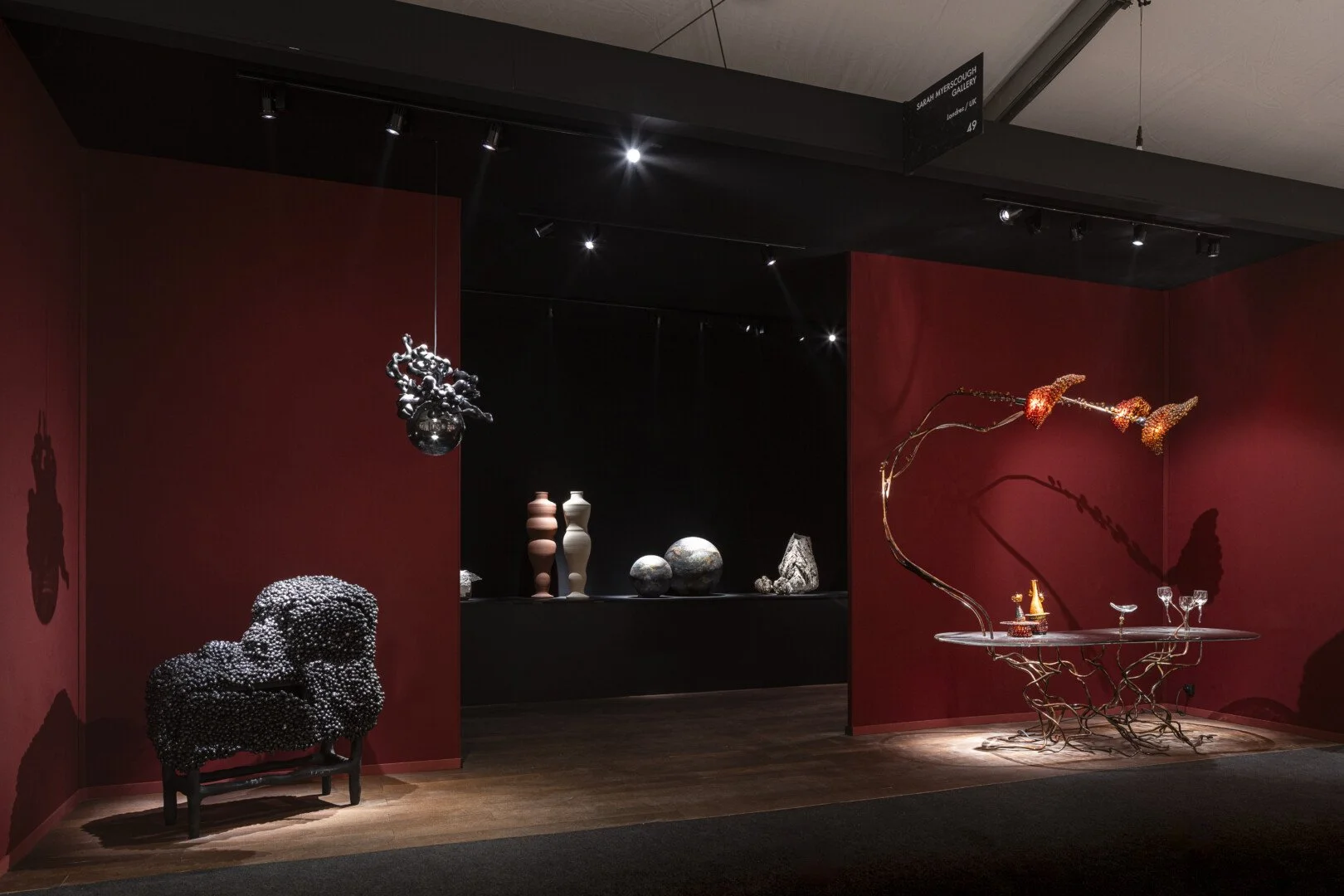The Design Museum: More than Human
The Design Museum in London has opened a landmark exhibition that is set to challenge the way we think about design and our relationship with the natural world. More than Human, the world’s first major museum exhibition devoted to more-than-human design, launched on 11 July 2025 and is currently running through the summer, showcasing over 140 works by more than 50 international artists, designers, and architects. This pioneering showcase invites visitors to rethink humanity’s place in the natural world by exploring design that considers the flourishing of all species and ecosystems.
What is More-than-Human Design?
More-than-human design is a rapidly growing movement in contemporary creative practice that moves beyond the traditional human-centric lens of Western design. Instead, it promotes a collaborative approach where humans design with and for other living beings, from plants and insects to marine life and entire ecosystems.
The exhibition demonstrates that responding to the climate emergency requires shifting our perspective to acknowledge our interconnectedness with the environment and other species. This new design philosophy urges artists, designers, and architects to incorporate the needs of non-human life into their work, fostering symbiotic relationships and sustainable futures.
Exhibition Highlights: Art, Design, and Architecture for a Shared Planet
More than Human features a remarkable collection of contemporary and traditional works spanning fine art, product design, architecture, and interactive installations. Among the 140 pieces on display, visitors will find several new commissions funded by the UKRI Arts and Humanities Research Council (AHRC), developed in collaboration with the Design Museum’s Future Observatory programme — a national research initiative focused on green transition design.
Key highlights include:
Alexandra Daisy Ginsberg’s monumental tapestry, Pollinator Pathmaker: Perceptual Field 7SzzLn6GnY97DSo7hCSLMf, depicts a garden imagined through the eyes of pollinating insects. Created with input from the Eden Project, this vibrant work uses an algorithm to propose planting schemes supporting vital pollinator species.
An 8-metre-long mural by MOTH (More Than Human Life Project), illustrating the growing movement to award legal rights to waterways worldwide. The mural intertwines detailed illustrations of rivers, animals, plants, and text highlighting this emerging environmental activism.
Paulo Tavares, a Brazilian architect, presents mapping techniques developed with Indigenous communities in São Paulo to aid their struggle for land recognition.
Feifei Zhou, a Chinese spatial designer, documents the fishing practices of Timor coastal communities, revealing multispecies exchanges and human impacts on marine ecosystems.
Julia Lohmann’s large-scale seaweed installation, Kelp Council, features five organic seaweed sculptures symbolically “discussing” the state of the oceans and human impact.
Other notable participants include Marcus Coates, Forensic Architecture, Formafantasma, Kate Orff/Scape, Dunne & Raby, Solange Pessoa, and Ant Farm, many unveiling new works created especially for the exhibition.
The Exhibition’s Three-Part Journey: Being Landscape, Making with the World, and Shifting Perspective
The exhibition is organised into three thematic sections designed to guide visitors through evolving ways of understanding our relationship with nature.
1. Being Landscape
Visitors are invited to reconsider humans as part of the natural world rather than separate from it. This section features artworks and designs that emphasise our shared existence with other species.
Highlights include MOTH’s expansive mural symbolising rivers as living entities deserving legal rights, paintings by Solange Pessoa evoking Indigenous animistic beliefs, and works by Hélio Melo reflecting personal ties to the Brazilian Amazon. The Rumiti tree-men rituals of Southern Italy are captured through photography, and Jonathan Baldock’s bronze cornhusk masks celebrate agricultural heritage. Indigenous basketry from Venezuela’s Ye’kuana community illustrates deep cultural connections to the land.
Marcus Coates’ Nature Calendar reconnects visitors with seasonal natural events, highlighting the parallel lives of the species around us.
2. Making with the World
This section presents practical and speculative designs that benefit other species and ecosystems.
Traditional fishing traps from diverse communities illustrate sustainable practices, while Reef Design Lab’s Living Seawalls and Modular Artificial Reef Structure II offer contemporary solutions for marine ecosystem restoration.
The Alusta Pavilion, reconstructed for the exhibition, creates shelter for both humans and insects, demonstrating architecture’s role in urban biodiversity. Johanna Seelemann’s terracotta irrigation vessels improve urban tree health by adapting historic water management ideas.
3. Shifting Perspective
The final section encourages visitors to see the world through the eyes of other species.
Nests from various insects and birds reveal the complex needs of these creatures. Ant Farm’s pioneering 1974 Dolphin Embassy project sought communication between humans and dolphins.
Shimabuku’s glass spheres respond to octopus behaviour, offering an intimate multispecies dialogue. Alexandra Daisy Ginsberg’s tapestry invites empathy for pollinators, while Julia Lohmann’s Kelp Council installation offers a poetic meditation on ocean health.
Future Observatory and the Exhibition’s Broader Impact
More than Human marks the first major collaboration between the Design Museum and its Future Observatory research programme, which has supported over 100 projects focused on sustainable design over the past three years. Funded by the AHRC, Future Observatory is the UK’s largest publicly funded design research initiative dedicated to the green transition.
Together, they aim to inspire museum visitors, designers, and policymakers alike to rethink design’s role in shaping a sustainable future.
Visitor Information
Location: The Design Museum, Kensington, London
Exhibition Dates: Now open, running throughout summer 2025
Tickets: Available via the Design Museum website (booking in advance is recommended)
Accessibility: Fully accessible to visitors with disabilities
Events: A More than Human symposium will take place on 13 September 2025, gathering thought leaders to discuss the exhibition themes and future sustainable design initiatives. The museum garden features the Dwellings, Rehomed outdoor installation — 16 birdhouses and one birdbath designed by London designers — on display for two years. Nearby, the Pollinator Pathmaker DIY Edition garden, created with local schoolchildren, is in full bloom at St Mary Abbots Gardens.
Visitors are encouraged to immerse themselves in the exhibition’s installations and attend the accompanying workshops and talks to deepen their understanding of how design can help create a better relationship between humans and the natural world.
All photography courtesy of the Design Museum, Photographed by Luke Hayes
Why Visit More than Human?
In the face of the climate emergency, More than Human offers a fresh, hopeful vision for design — one that embraces the needs of all living systems rather than focusing solely on human benefit. This exhibition is a unique chance to explore groundbreaking work that blends art, science, and activism, inspiring new ways to coexist with the planet.
Whether you’re a designer, environmentalist, student, or simply curious, More than Human promises to challenge your perspective and open your eyes to a more interconnected and sustainable future.
Co Curators of the exhibition, Justin McGuirk and Rebecca Lewin - Photography by Luke Hayes
For tickets and further information, visit the Design Museum’s official website: designmuseum.org














